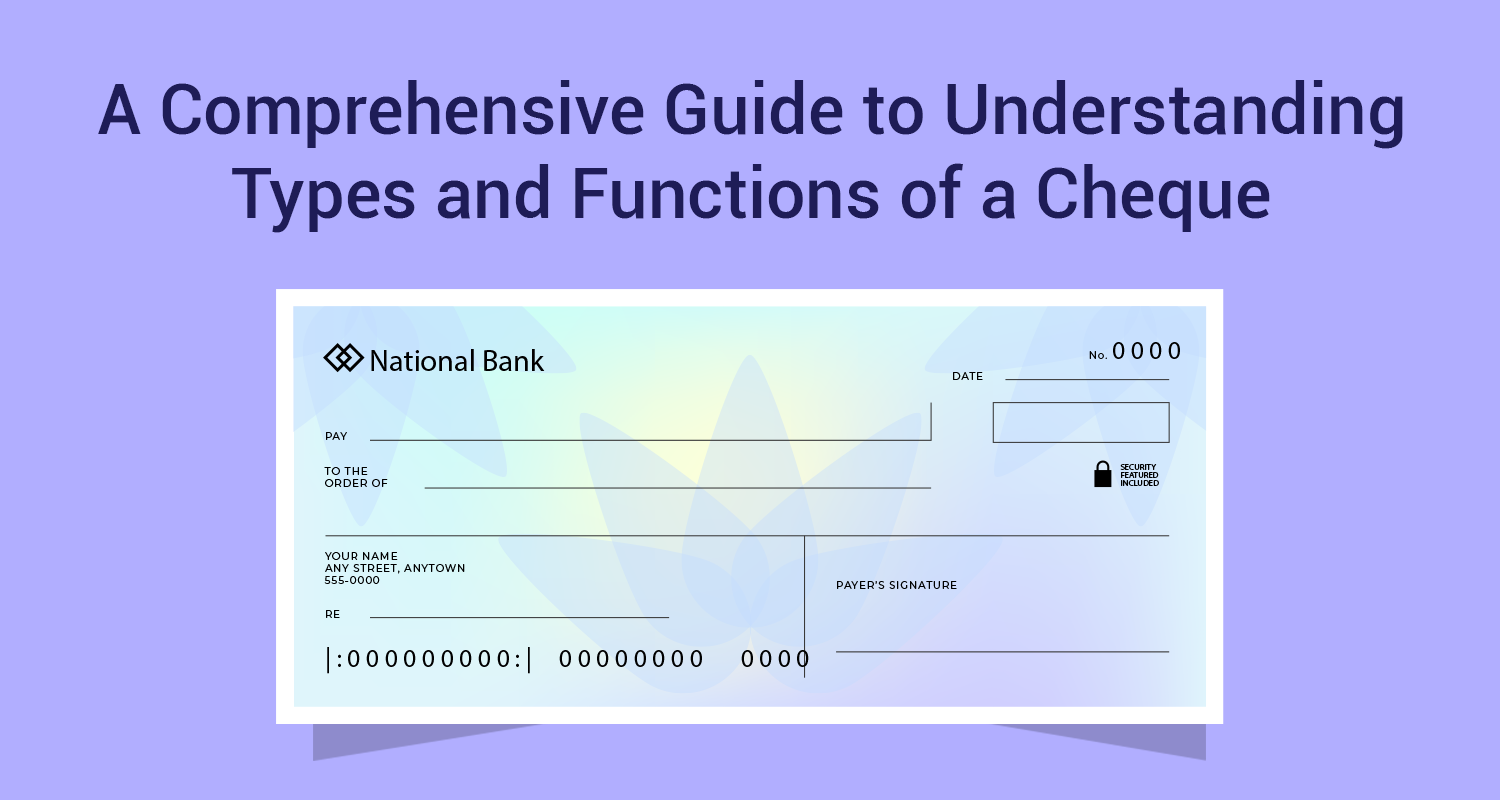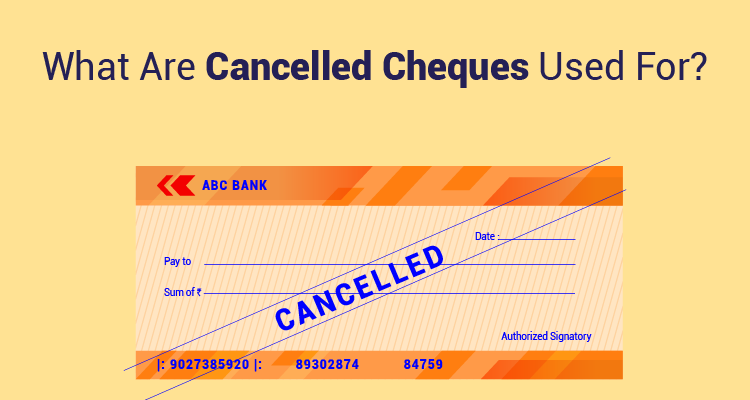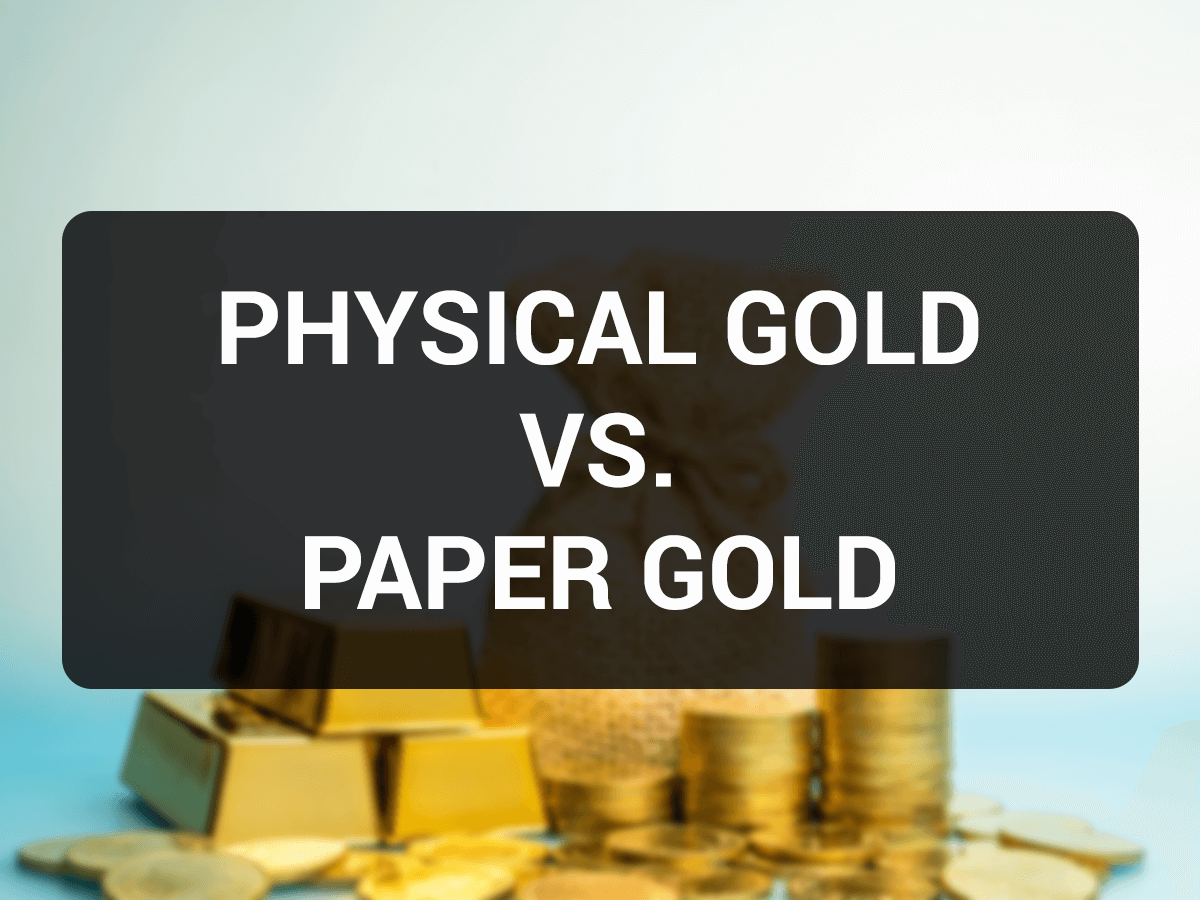What Is A Trade Loan?

People often purchase imported products without knowing they are imported and, sometimes, without knowing everything that goes into getting them. A trade loan is among the many elements that go into enabling international trade and allowing cross-border operations.
A trade loan, also known as a letter of credit, is specifically designed to support international trade transactions. It is a financial instrument used by importers, exporters, banks, and other parties to manage the risks involved in cross-border transactions.
A trade loan assures the seller that payment will be received once the goods have been shipped and the loan conditions have been met. At the same time, it assures the buyer that the goods will be shipped and that payment will not be made until they have been received and meet the agreed-upon specifications.
What Is The Trade Finance Loan Process?
The trade finance loan process is a series of steps when a company applies for a loan to finance a trade transaction. The process typically involves the following steps.1. Application:
The company interested in obtaining a trade finance loan contacts a bank or other financial institution and applies. The application includes information about the company, the trade transaction, and the goods purchased or sold.2. Credit Assessment:
The financial institution assesses the company’s creditworthiness and determines whether it is eligible for a trade finance loan. It typically involves a review of the company's financial statements, credit history, and other relevant information.3. Loan Approval:
If the company is approved for a trade finance loan, the financial institution will issue a letter of credit in favour of the seller or importer. The letter of credit outlines the terms and conditions of the loan, including the loan amount, the shipping and payment schedules, and any documentation requirements.4. Shipping and Documentation:
The seller or importer ships the goods to the buyer and provides documentation, such as a bill of lading and an invoice, to the financial institution. They verify that the documentation and conditions of the letter of credit have been met.5. Release of Funds:
Once the documentation and conditions have been verified, the financial institution releases the funds to the seller or importer.6. Repayment:
The company that received the trade finance loan must repay the loan, including interest, to the financial institution over a specified period.What Are The Charges For Trade Finance?
A trade finance fee is a charge imposed by a financial institution for providing trade finance services. These fees are typically assessed for a range of trade finance products, including letters of credit, trade loans, and other trade finance solutions.
The charges for trade finance can vary depending on the type of product, the amount of the loan, and the terms and conditions of the loan. Some of the most common charges associated with trade finance include
1. Application Fee:
A fee charged by the financial institution for processing the loan application.2. Documentation Fee:
A fee charged for preparing and processing the documentation required for the loan, such as a letter of credit.3. Advising Fee:
A fee charged by the financial institution for advising the seller or importer of the letter of credit.4. Discount Fee:
A fee charged by the financial institution for purchasing a discount on an invoice.5. Amendment Fee:
A fee charged for making changes to the letter of credit or loan agreement.6. Renewal Fee:
A fee charged for renewing a letter of credit or trade loan.7. Cancellation Fee:
A fee charged for cancelling a letter of credit or trade loan before it has expired.8. Interest:
Interest is charged on the loan amount and is typically assessed as a percentage of the loan amount.FAQs
Q1. What is a trade loan?
Ans. A trade loan is a type of loan that is specifically designed to finance international trade transactions. It helps companies manage the risks involved in cross-border transactions by providing a secure and reliable source of financing.
Q2. How do I qualify for a trade loan?
Ans. To qualify for a trade loan, a company must typically demonstrate a strong credit history and provide financial information, including financial statements, to the lending institution. The financial institution will also assess the company's ability to repay the loan, as well as the viability of the trade transaction.
Q3. How does a trade loan work?
Ans. A trade loan provides a company with the funds it needs to purchase or sell goods in a foreign country. The loan is typically secured by a letter of credit, which outlines the terms and conditions of the loan and provides assurance to both the buyer and seller that payment will be made and received according to the agreed-upon terms.
Disclaimer : The information in this blog is for general purposes only and may change without notice. It does not constitute legal, tax, or financial advice. Readers should seek professional guidance and make decisions at their own discretion. IIFL Finance is not liable for any reliance on this content. Read more



